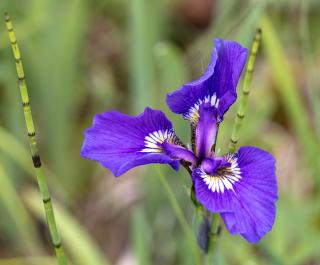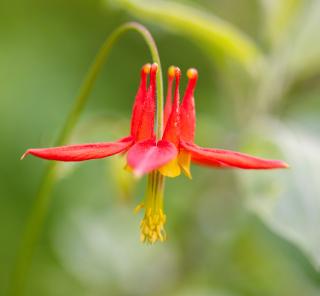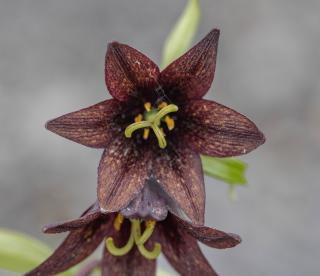Celebrating wildflowers in Alaska
ALASKA — As spring ends and the summer sun appears from the clouds, colorful wildflowers bloom across Cordova, Alaska, in the Chugach National Forest.
The deep purples of the wild iris, radiant reds of western columbine, and luscious browns of chocolate lilies are unmistakably vibrant, a beautiful sight to see.

Beauty and biodiversity
"Cordova is at an unparalleled nexus," said Botany, Ecology, Invasive Species and Vegetation Program Manager Kate Mohatt. "In Prince William Sound, many wildflower species exist in dense canopy forests. You will see the biggest diversity and showiest plants in the wetlands of the Copper River Delta and then in the peatlands of the upland areas."
Alaganik Slough is Cordova's only wildflower viewing area. It features a 900-foot boardwalk to view wildlife and aquatic and terrestrial wildflowers. Flowers can be found blooming on trails, in town, and on highways.
Since 1991, the agency has provided the public with information on native plants, their conservation aspects and the finest places to enjoy all nature's colors. These days, the Forest Service emphasizes that plants, including wildflowers, serve more than aesthetic purposes. They supply clean air, purify water and serve as the base of a diverse ecosystem.
"Our biodiversity and wildlife habitats are built on plants," Mohatt continued. "People think about wildlife and fish as an exciting part of Alaska's species, but plants win in numbers and diversity. We've got five species of salmon, there are 1,200 observed species of plants and fungi."

Citizen scientists and iNaturalist
Chugach wildflowers have never been studied based on the timing of their life-cycle events, such as leaf bud burst, flowering and fruiting. To capture this information, the agency is using a free online application called iNaturalist. It is also leaning on those who upload the information – known as citizen scientists.
This digital tool allows anyone to learn about wildflowers and connects them with others with similar interests. It helps people name the plants and animals around them. With just one submission, anyone can connect with a community of over a million scientists and naturalists and learn more about nature.
"I love iNaturalist," said Madison Seigler, a forestry technician and app user since 2019. "It works offline, identifications can be peer-reviewed, and wildlife and plants found are time stamped on a map. If I am looking for a certain flower, I can find where and when it was last seen."
The app combines time spent in nature with the competitive joy of the game I Spy. It is a wonderful way to learn about plants and help researchers collect data.
"Our goal with these iNaturalist projects is to capture a long-term plant phenology dataset," Mohatt said. As summer rolls on, more wildflowers will bloom around Cordova, and we will have more to admire and study them."

